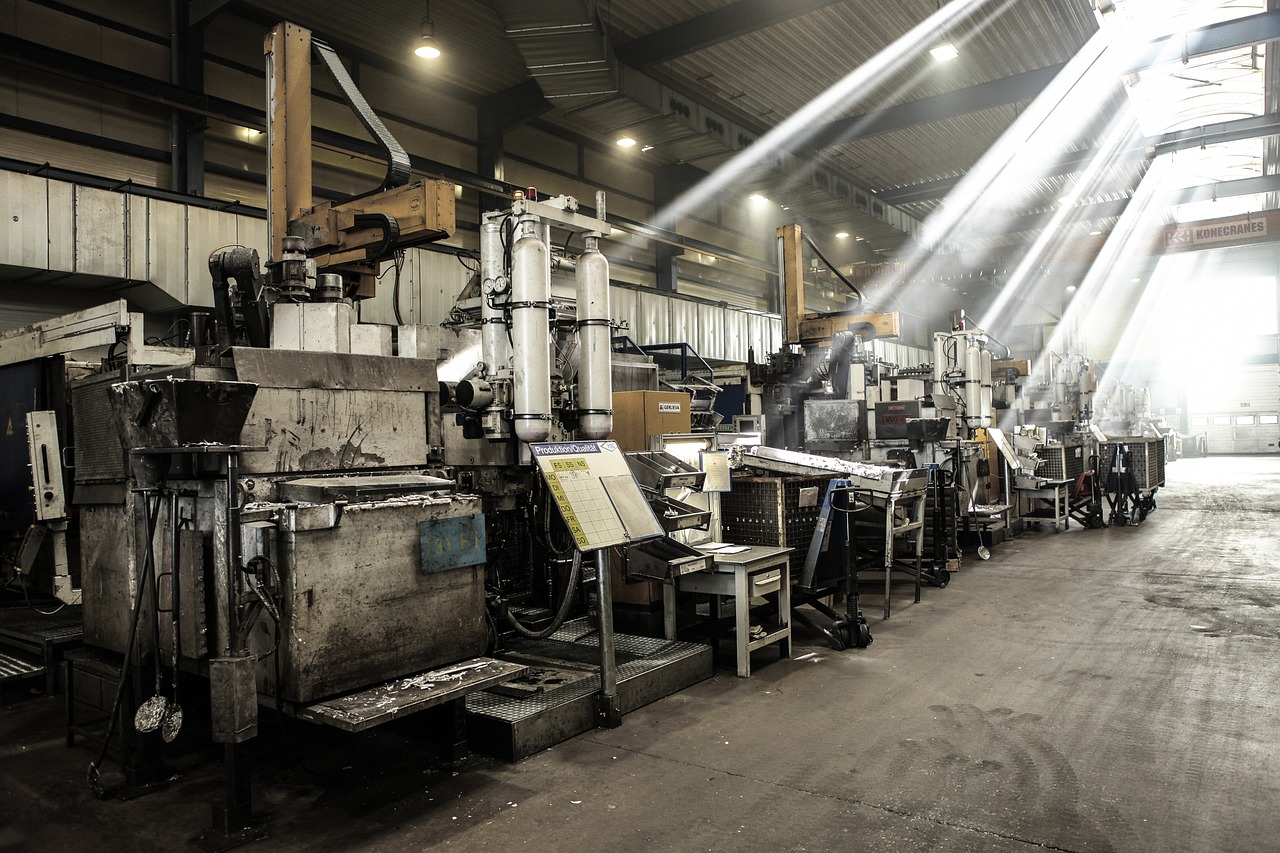Need Support?
Please provide your question. We’ll find you with the best support options.
⬇️ Scroll Down Now or Contact ISK for More Bearing Information
Table of content

In the world of mechanical engineering, the evolution of bearings has significantly contributed to the efficiency and longevity of various industrial applications. One innovation that has garnered substantial attention is the dry bearing.
This advanced technology not only ensures smooth operations but also eliminates the need for constant lubrication, making it a cost-effective and environmentally friendly solution. In this comprehensive guide, we will explore the concept of dry bearings, their benefits, applications, and maintenance, providing valuable insights for engineers and enthusiasts alike.
Taking You through the Principles and Specifications of Bushing Bearings 
Dry bearings, also known as self-lubricating bearings, bushings or plain bearings, are designed to operate without external lubrication. Unlike traditional bearings that require constant oil or grease application, dry bearings incorporate specialized materials or coatings that offer inherent lubricating properties. These materials, such as polymers, composites, or metal alloys with solid lubricants, reduce friction and wear, ensuring optimal performance even in challenging environments.
One of the most significant advantages of dry bearings is their maintenance-free nature. This eliminates the hassle and cost associated with regular lubrication, making them ideal for applications in remote or hard-to-reach locations.
Dry bearings contribute to environmental sustainability by eliminating the need for continuous lubricant replenishment. This reduction in oil or grease usage minimizes the risk of contamination and pollution, aligning with eco-friendly practices.
The absence of traditional lubricants reduces the chances of leakage, ensuring a longer lifespan for the bearings. They are highly resistant to dust, dirt, and moisture, making them suitable for diverse operating conditions.
Dry bearings offer lower friction coefficients, enhancing the efficiency of machinery and reducing energy consumption. This makes them an excellent choice for applications where energy efficiency is crucial.
Difference Between Bushing and Bearing: Major Differences 
While dry bearings are low-maintenance, proper care ensures their longevity and optimal performance:
Periodically inspect bearings for signs of wear, misalignment, or contamination.
Follow manufacturer guidelines for proper installation and tolerances.
Be mindful of temperature limits to prevent thermal damage.
Do not exceed the specified load and speed ratings for the bearings.
Protect bearings from harsh chemicals, extreme temperatures, and excessive moisture.
 Further Reading:
Further Reading:
Taking You through the Principles and Specifications of Bushing Bearings
Bearing Bushing Basics: Your Entry Point to Engineering Excellence
Discover more about the features and applications of various bearings.
Click here to explore more articles and find the perfect bearing for your project.
Needle Bearings (Roller Bearings) are a type of bearing that performs exceptionally well at high speeds. Their rollers are precisely guided by specially shaped, high-rigidity cages with minimal dimensional error. Despite their small cross-section, needle bearings...
How Do Ball Bearings Work? Bearings are often small and unassuming components in a product, yet they are crucial for its proper functioning. Without bearings, many products would fail to operate effectively. But do you know how ball bearings...
Please provide your question. We’ll find you with the best support options.